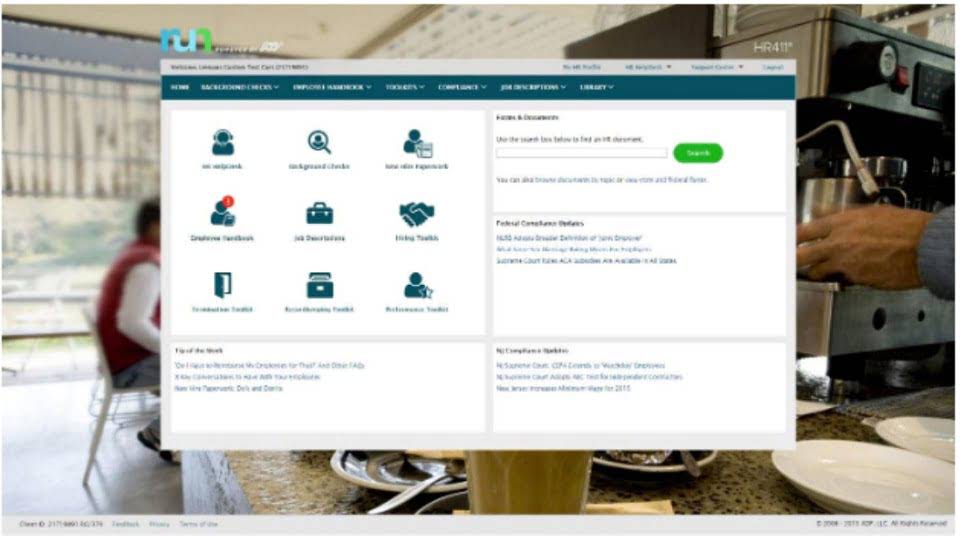
11/ AU sec. 329, Substantive Analytical Procedures, establishes requirements on performing analytical procedures as substantive procedures. Thus, if an auditor finds that the entity made a series of sales that never occurred, the entity would not meet the occurrence assertion. Rather than using an inefficient approach—let’s audit everything—the auditor pinpoints audit procedures.
Test of Control on Accounts Payable

On the other hand, the valuation issue is usually related to management estimate which involves the depreciation of the assets. The nature of related party transactions, balances and events has been clearly disclosed in the notes of financial statements. Users of the financial statements can clearly determine the financial statement captions affected by the related party transactions and balances and can easily ascertain their financial effect. All assets, liabilities and equity balances that were supposed to be recorded have been recognized in the financial statements. Salaries and wages cost recognized during the period relates to the current accounting period. Any accrued and prepaid expenses have been accounted for correctly in the financial statements.
- With the ASC 842 standard, organizations must recognize assets and liabilities on the balance sheet for both operating and finance leases.
- In this way, we will see an example of how an auditor must verify that this assertion made by the administration is fulfilled.
- An example of trend analysis here is comparing both fixed assets on the balance sheet and the depreciation expenses in the current period to the prior period.
- Suppose management asserts that the financial statements are complete and accurate.
- In the audit of expenses, completeness is the most relevant audit assertion, in which we pay more attention to it.
- For example, they must ensure companies have recognized all items in fixed assets that they must have.
Audit Assertions for Revenue
They are assertions made by the company regarding the existence, completeness, valuation, rights and obligations, and presentation and disclosure of the reported financial information. Auditors rely on these assertions to evaluate the financial statements and express an opinion on their fairness. Under audit assertions all different types will come into the category of audit assertions, which could be very helpful for auditors in proving the accuracy of the financial records.

Assertions as Scoping Tool

Lack of completeness would result in the understatement of accounts payable. As mention above, completeness assertion is the most relevant assertion in the audit of accounts payable; hence normal balance we usually assess the importance of internal control concerning the completeness of accounts payable. In this case, the main control for accounts payable that we want to check with the client is the reconciliation of the account payable balances with supplier statements.
Real World Examples of Completeness Assertion under ASC 842
In this way, we will see an example of how an auditor must verify that this assertion made by the administration is fulfilled. He began his career with Ernst & Young in 2003 where he developed his audit expertise over a number of years. Isaac specializes in and has conducted numerous SOC 1 and SOC 2 examinations for a variety of companies—from startups to Fortune 100 companies. Isaac enjoys helping his clients understand and simplify their compliance activities. He is attentive to his clients’ needs and works meticulously to ensure that each examination and report meets professional standards. Accounting and Auditing for CPAs Understanding accounting and auditing is key to becoming an outstanding CPA.

Companies should conduct regular reviews of their lease portfolio and lease-related data to ensure completeness and accuracy. Companies must record all lease-related transactions, including modifications, terminations, and renewals. To management assertions ensure all transactions have been recorded, we suggest inquiring with department owners who have leases to determine if they have entered into new contracts or have amended existing ones. Management assertions and audit assertions are related concepts, but they are not the same thing.
- For example, auditors may test the segregation of duties by observing and reviewing the authorization and approval processes.
- The valuation assertion is used to determine that the financial statements presented have all been recorded at the proper valuation.
- Indeed, if a company were to overvalue its assets, it may be deemed financially more substantial than it is and, in so doing, potentially mislead its investors.
- While one does not prevail over another, auditors can still focus on some more.
- The rights and obligations assertion focuses on whether the entity has legal ownership or control over its assets and whether the reported liabilities are valid obligations.
- Completeness helps auditors verify that all transactions for the period being examined have been properly entered in the correct period.
If the fluctuation is out of the expectation, we may need to perform further tests to investigate the variance. Completeness – this means that transactions that should have been recorded and disclosed have not been omitted. The affirmation states that the assets belong to QuickBooks ProAdvisor the company; thus, the company has legal liability for paying the obligations.
